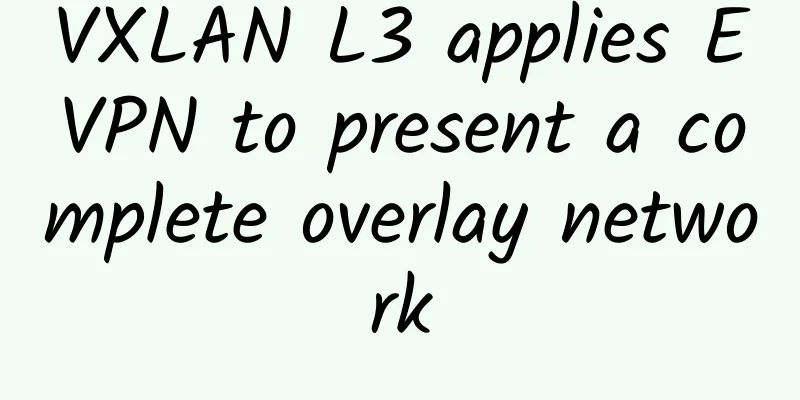Interviewer: How to close a TCP connection without killing the process?

|
Hello everyone, I am Xiaolin. A reader was asked this question during an interview. "How to close a TCP connection without killing the process?" I have also mentioned this in my previous article: "What happens when a connection in the establish state receives a SYN message?" Let me explain the key points here. textWhen closing a TCP connection, the first thing people do is to “kill the process”. Yes, this is the most brutal way. Killing the client process and the server process will have different impacts:
Therefore, closing the process is not an option. The best way is to close a specific TCP connection. Some of you may ask, isn't it enough to forge a RST message with the same four-tuple? This is a good idea, but don't forget the problem of the sequence number. Will the sequence number of your forged RST message be accepted by the other party? If the sequence number of the RST message cannot fall within the other party's sliding window, the RST message will be discarded by the other party and the connection will not be closed. Therefore, to forge a RST message that can close a TCP connection, the two conditions of "the four-tuple is the same" and "the sequence number falls exactly within the other party's sliding window" must be met at the same time. It is difficult to directly forge an expected sequence number, because if a TCP connection is transmitting data, the sliding window is changing all the time, so it is difficult to forge a RST message with a sequence number that happens to fall within the other party's sliding window. There is a way. We can forge a SYN message with the same four-tuple to get a "legal" sequence number! Because if the server in the establish state receives a SYN message with the same four-tuple, it will reply with a Challenge ACK. The "confirmation number" in this ACK message is exactly the sequence number that the server wants to receive next time. To put it simply, this step can be used to obtain the sequence number that the server expects to receive next time. Then use this confirmation number as the sequence number of the RST message and send it to the server. At this time, the server will think that the sequence number in the RST message is legal, so it will release the connection! There is a tool called killcx on Linux, which is implemented based on the above method. It will actively send a SYN packet to obtain the SEQ/ACK number, and then use the SEQ/ACK number to forge two RST packets and send them to the client and server respectively. In this way, the TCP connections of both parties will be released. In this way, both active and inactive TCP connections can be killed. The usage is also very simple, just specify the client's IP and port number. ./killcx The working principle of the killcx tool is as follows It forges the client to send a SYN message. After receiving it, the server will reply with an ACK message (Challenge ACK) carrying the correct "sequence number and confirmation number". Then, it can use the information in this ACK message to forge two RST messages:
It is in this way that a TCP connection is successfully closed! Here is a packet capture of using the killcx tool to close the connection. Please take a closer look at the changes in the sequence number and confirmation number. Therefore, in the future, if a SYN packet appears inexplicably during packet capture, it is possible that the other party will launch a RST attack on you and directly disconnect your TCP connection! How about it, very clever! |
<<: Why are operators so "overwhelmed" by frequent and large-scale network failures?
>>: Aeraki Series: How to set local rate limiting rules
Recommend
Interesting explanation of TCP three-way handshake and four-way wave
Students who have studied computer networks know ...
How managed services can make the most of IoT
IoT products are everywhere—or at least they will...
How practical is 5G for ordinary people?
5G has three main advantages over 4G: high speed,...
How many gateways in Flowable do you know?
Gateway Gateways are used to control the flow of ...
How 5G and WiFi 6 will impact critical sensor applications
We live in an age where wireless communications a...
F5 creates “applications that are aware, controllable, and adaptable” to help enterprises achieve extraordinary digital experiences
On December 16, 2020, F5 held an online press con...
Kunpeng Ecosystem Changhong Tiangong System Application Demonstration Project Officially Landed in Mianyang
[51CTO.com original article] On December 18, 2019...
Overcoming the Security Challenges of Software-Defined Networking
Today, more and more organizations are embracing ...
Comprehensively promote IPv6 and completely change network life
If you have been following the developments in ne...
SiliCloud: Los Angeles VPS starts at $24.19 per year, Japan VPS starts at $30.21 per year, CN2 optional, supports 3-day purchase
SiliCloud is a foreign hosting service provider e...
LOCVPS: Hong Kong Confederation/Cloud VPS 40% off, 2GB memory package starting at 33 yuan per month
LOCVPS (Global Cloud) is an early established Chi...
Hot Topic | Why is the United States determined to "kill" Huawei?
"After reading the 20,000-word interview wit...
It is estimated that 5G will directly drive economic output of 1.45 trillion yuan in 2022
On January 8, 2023, China Academy of Information ...
The future of communication in "no man's land" depends on them! Satellite Internet accelerates the arrival of 6G
[[349172]] In sparsely populated deserts and Gobi...
Implementing P2P video streaming using WebRTC
Preface Web Real-Time Communication (WebRTC) is a...









